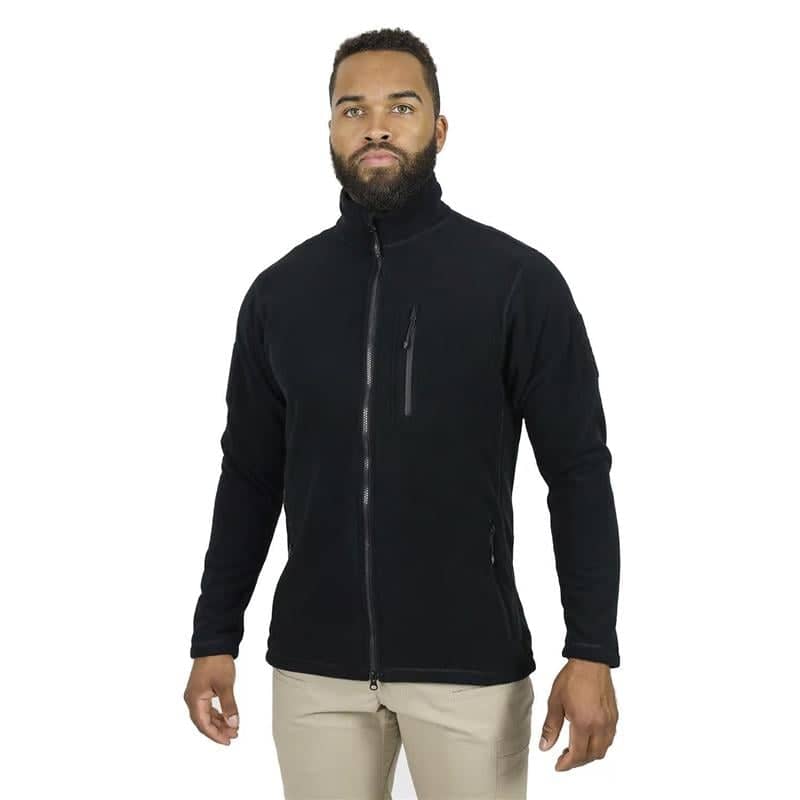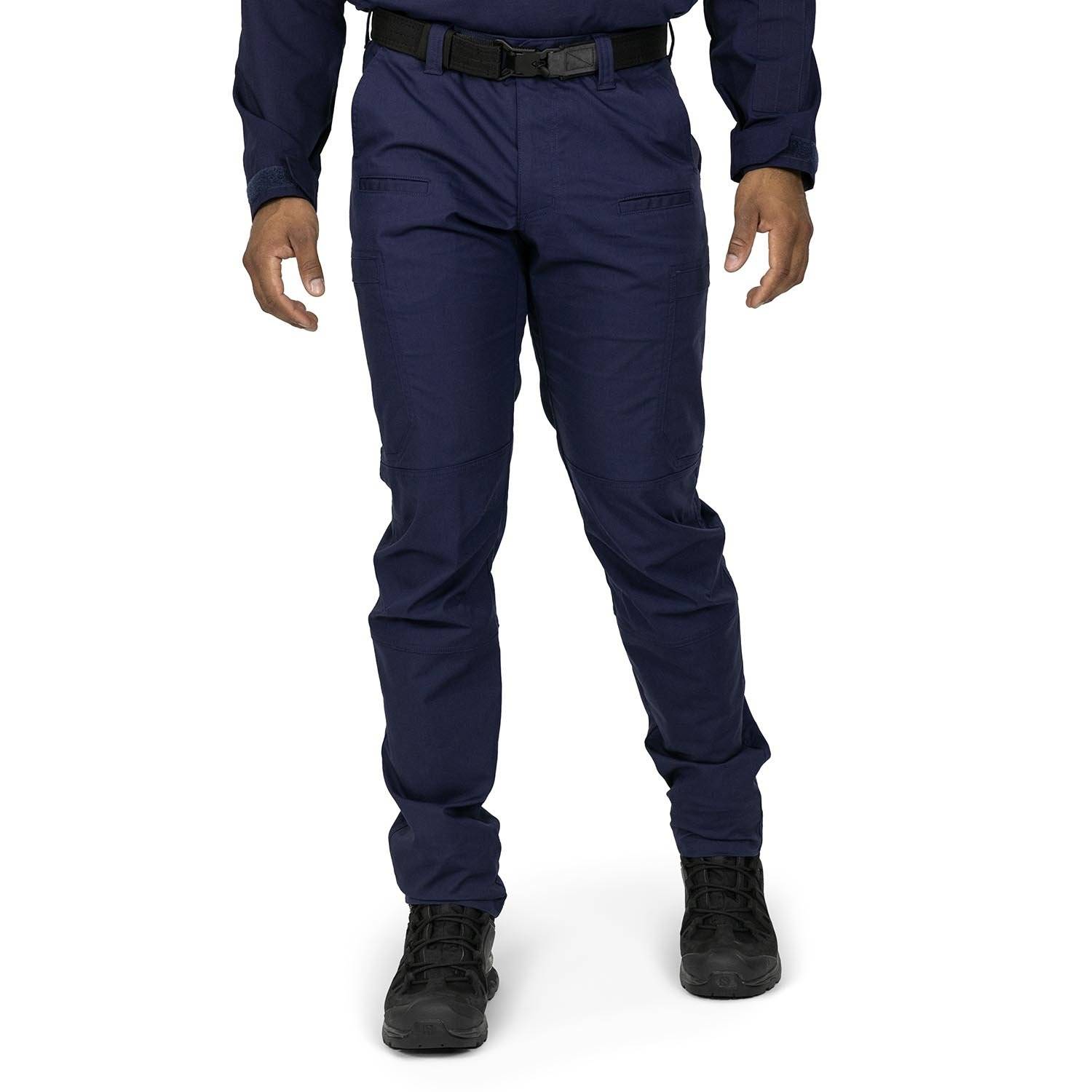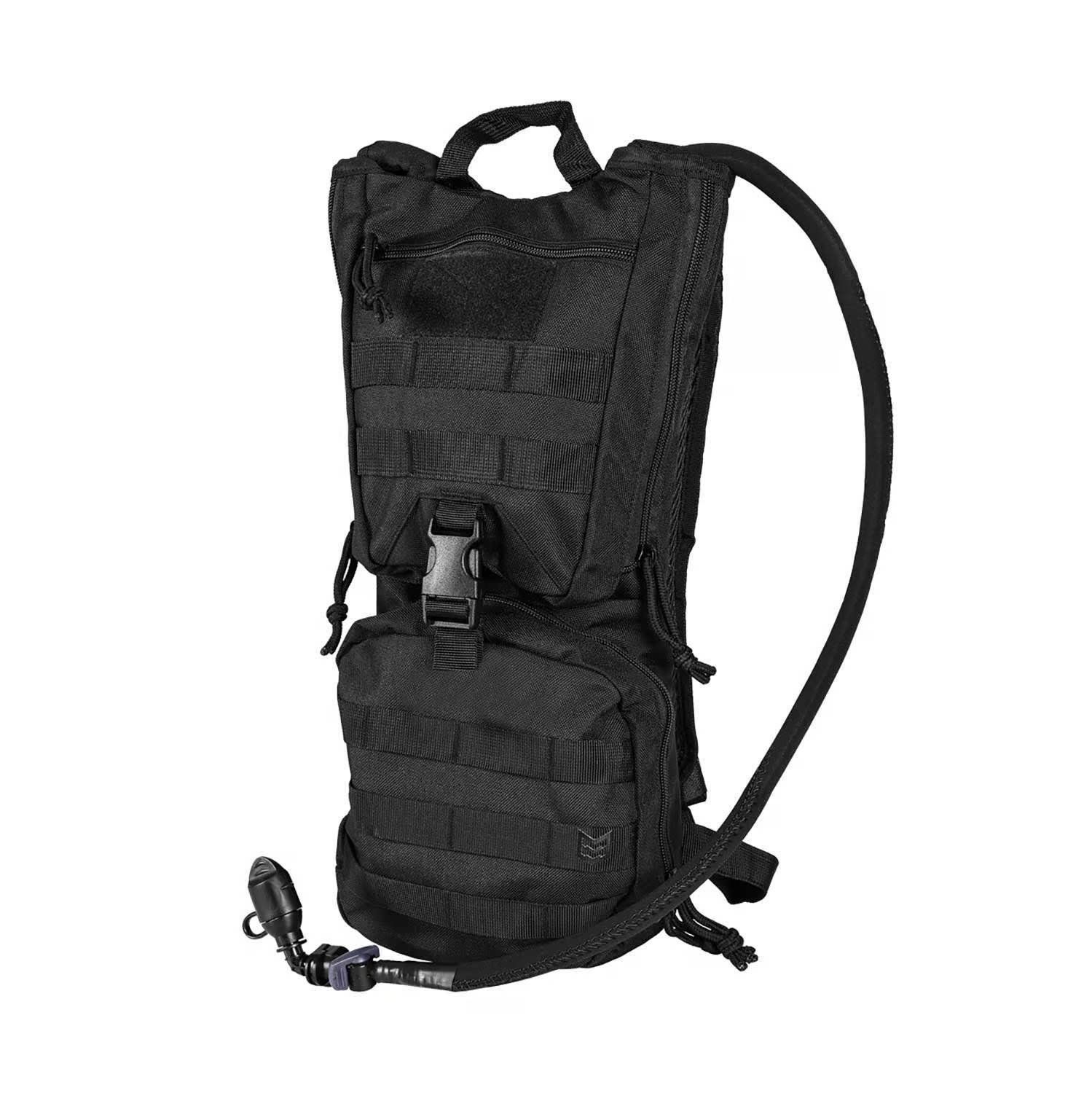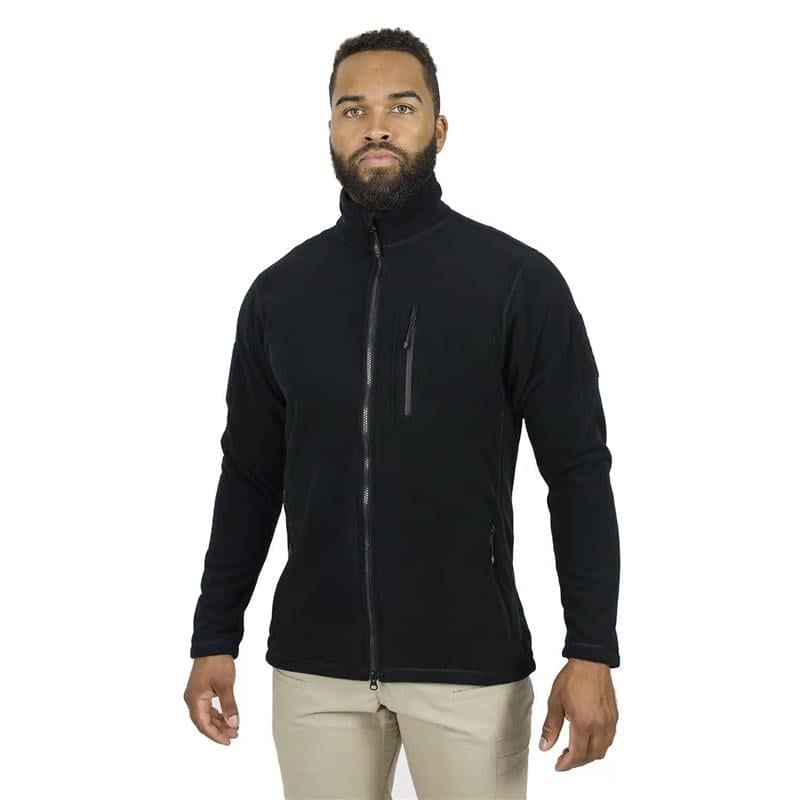- Home
- First Responder Apparel
- Base Layers & Undergarments
- Compression Sleeves
Compression Sleeves
- Home
- First Responder Apparel
- Base Layers & Undergarments
- Compression Sleeves
Compression Sleeves
Compression sleeves are increasingly popular among athletes and fitness enthusiasts, providing effective support and aiding muscle recovery. These sleeves work by applying pressure to the targeted area, increasing blood flow and reducing swelling. They can be worn during any type of exercise, from running to weightlifting, and are even used to alleviate pain caused by conditions such as arthritis and plantar fasciitis. The compression material is comfortable and breathable, making them suitable for extended periods of wear. With various sizes and styles available, compression sleeves are an excellent addition to any active personís collection of workout gear.
What Does a Compression Sleeve do?
A compression support sleeve is designed to apply consistent pressure to a specific body area, such as the arm, ankle, or knee. The primary purpose of a compression support sleeve is to improve circulation, as it can aid in reducing swelling and inflammation. In addition, compression support sleeves can provide support to the muscles and joints throughout the day, preventing injury and improving overall comfort. Athletes commonly use them, but they can also benefit those recovering from an injury or those looking to reduce discomfort in daily activities. The pressure the sleeve applies varies based on the individual, and it is crucial to ensure it fits appropriately.
Compression Sleeves for Legs
Compression sleeves for legs are popular for those looking to increase blood flow and support their muscles during physical activity. These sleeves work by applying pressure to the legs, helping to improve circulation and reduce muscle fatigue. While commonly used by athletes, compression sleeves can also benefit those who spend long hours on their feet, individuals with certain medical conditions, and even travelers looking to prevent swelling during long flights. It's essential to choose the right size and level of compression for your needs and to consult with a healthcare professional if you have any concerns. Compression sleeves can be a valuable tool for anyone looking to improve their physical performance and support their overall leg health.
A knee compression sleeve is a common solution for athletes seeking added support and protection during performance. Knee sleeves work by applying consistent pressure to the knee joint, helping to reduce inflammation and swelling. They come in various materials and designs, with some offering customizable levels of compression for personalized comfort. Knee compression sleeves are beneficial for those with injuries such as ligament tears, swelling, and arthritis and those seeking additional aid in preventing injury during physical activity. A non-invasive and cost-effective solution, knee sleeves provide comfort and relief to individuals looking to maintain active lifestyles.
Calf compression sleeves are well known among runners and athletes as a way to enhance their performance and aid in recovery. These sleeves provide graduated compression, which means the pressure is highest at the ankle and gradually decreases up the calf. This pressure helps improve blood flow, reduce swelling, and support the muscles. Calf compression sleeves can also help prevent injuries such as shin splints and aid in the recovery process of existing injuries. They are easy to wear and come in various sizes and styles to fit individual needs. Calf compression sleeves are great for anyone looking to improve their performance and enhance their recovery time.
Ankle injuries are one of the most common sports-related injuries. The ankle region is particularly at risk for sprains, strains, and twists due to its complex structure and the weight-bearing nature of the joint. Many athletes turn to an ankle compression sleeve to aid in the healing process and prevent further damage. These sleeves provide targeted compression, which helps to reduce inflammation and swelling around the ankle. Additionally, an ankle compression sleeve provides support and stability to the joint, allowing athletes to continue their activities more confidently.
Compression Sleeves for Arms
Compression sleeves for arms are popular with athletes, fitness enthusiasts, and people looking for relief from arm pain or swelling. A compression arm sleeve is designed to fit snugly over the arm and helps to improve blood flow, reduce inflammation, and prevent injuries. Compression sleeves for arms are commonly used by basketball players, runners, weightlifters, and cyclists to enhance their performance and avoid muscle fatigue. They are also recommended for people who suffer from lymphedema, varicose veins, or other circulation problems. If you are looking for a comfortable and effective way to support your arms during physical activities or alleviate arm pain, compression sleeves for arms may be just what you need.
Why Should You Buy Compression Clothing?
If you want to improve your athletic performance, reduce recovery time, or upgrade your fitness apparel, investing in compression clothing may be just what you need. Compression clothing has several benefits, including providing targeted support and increased muscle blood flow, which can help prevent injury and improve performance. Whether you're a seasoned athlete or just starting your fitness journey, So where do you buy compression sleeves? When searching for compression sleeves near me, check out Galls. Galls offers a wide selection of compression clothing and to fit your needs. We have everything you need, from compression shirts and shorts to sleeves and socks, to take your workouts to the next level.
FAQs
What are the Benefits of Compression Sleeves for Arms?
Compression sleeves for arms have become increasingly popular among athletes, fitness enthusiasts, and those looking for relief from arm pain. This innovative technology provides several benefits by applying pressure to the muscles in the arm. Compression sleeves enhance blood flow, which helps reduce muscle soreness and inflammation, improving endurance and allowing for quicker recovery. These sleeves can also help regulate body temperature and prevent injuries by providing additional muscle support. Whether you're a professional athlete or enjoy an active lifestyle, using compression sleeves for arms can provide significant health benefits and improve overall performance.
What are the Disadvantages of Compression Sleeves?
While compression sleeves seem great, there are some definite disadvantages to consider before incorporating them into your routine. One potential downside is that compression sleeves can cause discomfort and irritation for individuals with sensitive skin. Another is that they may not provide enough support or compression in certain areas, which could lead to muscle strains or other injuries. Additionally, compression sleeves can be expensive, which may deter some people from purchasing them. While compression sleeves certainly have their benefits, weighing these potential drawbacks when deciding if they're right for you is essential.
When Should you Wear Compression?
Compression wear can provide several benefits while working out or even as daily wear. Firstly, one should consider wearing compression garments during high-intensity physical activities such as running or cycling, as they help to reduce the risk of injuries and muscle soreness. They also increase circulation and improve muscle performance by delivering oxygen and nutrients. Moreover, people with chronic venous insufficiency or edema may benefit from wearing compression socks or stockings daily, as it helps move blood up toward the heart and reduce swelling. However, it is essential to note that compression wear may not be suitable for everyone, and consulting with a healthcare provider is recommended before wearing it.
How Tight Should Compression Wear be?
When it comes to compression wear, finding the right fit is crucial for it to work effectively. The general rule of thumb is that it should feel snug but not too tight that it causes discomfort or restricts movement. A properly fitting compression garment should provide enough pressure to support muscles and improve blood flow, aiding recovery and reducing muscle soreness. Remember that different brands or styles may vary in their compression level, so it's important to try on a few options and go with what feels most comfortable for you. It's also worth noting that over-wearing compression garments or wearing them too tight for extended periods can negatively affect circulation, so be sure to follow the manufacturer's instructions and listen to your body.
Add to List
Quick View
Gift Card Details
 Item Added to Cart!
Item Added to Cart!


UNLOCK 10% OFF OFF WHEN YOU SIGN UP FOR OUR EMAILS!


SUCCESS!

Galls.com
Galls: Uniforms, Equipment and Gear for Police





